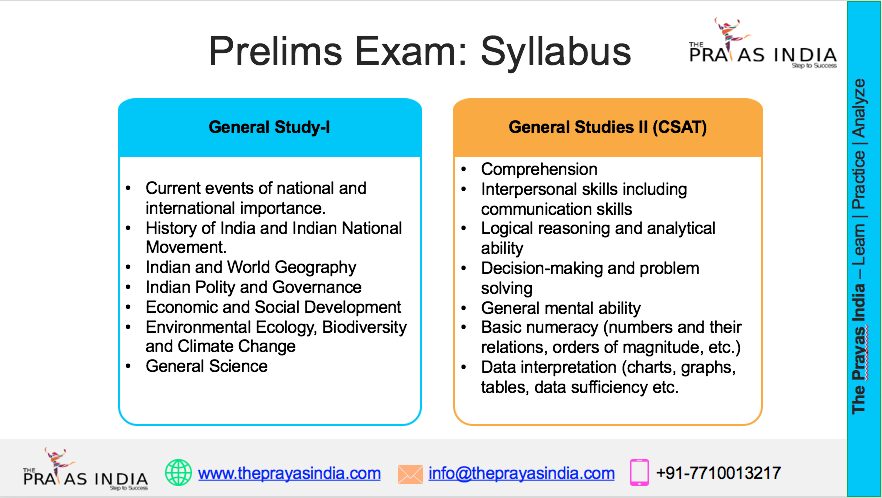Colorado River Water Crisis: Causes, Challenges, and Lessons for Water Management
The Colorado River, often described as the lifeline of the American Southwest, is facing one of the most severe water shortages in its history. This river, which sustains nearly 40 million people across seven U.S. states and Mexico, is now running at a deficit — with demand far exceeding supply. The crisis is a combination of historical overestimation of water availability, prolonged drought, climate change, and competing political interests.
In 2025, Arizona proposed a new allocation model based on actual river flows, signalling a major shift from historic fixed apportionments. While this approach could create a more adaptive water-sharing system, it has triggered intense political, legal, and interstate debates.
Historical Framework – The Colorado River Compact
The foundation of water allocation in the basin was set by the 1922 Colorado River Compact, which divided the river into two regions:
- Upper Basin – Colorado, New Mexico, Utah, Wyoming
- Lower Basin – Arizona, California, Nevada
Each basin was allocated 7.5 million acre-feet (MAF) of water annually. Later, under the 1944 U.S.–Mexico Treaty, Mexico was guaranteed 1.5 MAF per year.
Key problem: The Compact was based on an overestimation of the river’s flow, using unusually wet years in the early 20th century as the baseline. This led to overallocation — promising more water than the river could reliably provide.
Geography and Water Sources
Around 85% of the Colorado River’s flow comes from snowmelt in the Rocky Mountains within the Upper Basin. Interestingly, this water originates from only 15% of the total basin area, making the system highly dependent on a small geographic region.
The rest of the basin consists of arid and semi-arid landscapes with low rainfall, meaning that without snowmelt and careful water storage, most areas would struggle to meet basic water needs.
Reservoirs Under Stress
Two massive reservoirs — Lake Mead (Hoover Dam) and Lake Powell (Glen Canyon Dam) — act as the main buffers against drought. They store water in wet years and release it in dry years to maintain supply stability.
However, the last 25 years have seen dramatic declines in their water levels due to:
- Prolonged drought (the worst in over 1,200 years, according to climate studies)
- Higher evaporation rates due to rising temperatures
- Seepage losses from reservoir walls into surrounding rock and soil
The shrinking of these reservoirs is not just an environmental issue — it directly impacts hydropower production, irrigation capacity, and municipal water supply.
Human and Historical Factors
The original negotiators of the Compact were overly optimistic, likely to promote settlement and economic development in the Southwest. They assumed a long-term annual flow of around 17 MAF, whereas the actual sustainable flow is closer to 12–13 MAF.
Combined with climate change-induced aridification, this miscalculation has pushed the system into a chronic shortage. Urban expansion, intensive farming, and inefficient irrigation practices have worsened the problem.
Policy Responses and Conservation Efforts
Over the years, the basin states and Mexico have tried to manage the crisis:
- 2007 Interim Guidelines – Defined shortage-sharing rules and reservoir management strategies.
- 2019 Drought Contingency Plan – Added deeper water cuts for states and Mexico to prevent critical reservoir depletion.
- 2022 Emergency Agreement – Implemented immediate conservation measures, aided by federal funding from the Inflation Reduction Act.
These measures have temporarily reduced water use in the Lower Basin to historic lows, but long-term structural reforms are still needed.
Arizona’s 2025 Proposal – A New Way Forward?
Arizona has proposed a flow-based allocation model that would replace fixed shares with percentages determined by actual annual river flows. This could:
- Make allocations more realistic and adaptable to climate variations
- Prevent overpromising water in dry years
- Encourage conservation
However, the proposal raises unresolved questions:
- What share will each state and Mexico get?
- How will cuts be distributed during extreme shortages?
- Will existing legal rights and tribal water claims be respected?
Failure to reach consensus could lead to federal intervention or lengthy Supreme Court disputes.
Relevance to UPSC Aspirants
The Colorado River crisis is not just an American issue — it offers critical lessons for India, which faces similar transboundary water challenges (e.g., Indus, Cauvery, Teesta).
UPSC-relevant points:
- Geography: River basin hydrology, snowmelt dependency, and drought cycles.
- Environment: Climate change impacts, evaporation losses, and drought management.
- Polity & Governance: Interstate water sharing agreements and legal disputes.
- International Relations: Treaty obligations (similar to India–Bangladesh water sharing).
- Economics: Impact on agriculture, hydropower, and urban planning.
Understanding this case study can help aspirants frame better answers in GS Paper 1 (Geography), GS Paper 2 (Polity & IR), and GS Paper 3 (Environment & Disaster Management).
A Global Water Lesson
The Colorado River crisis is a stark reminder that water is finite and that outdated agreements cannot withstand the pressures of population growth, climate change, and economic expansion.
For the American Southwest, future survival depends on flexible, science-based allocation systems like Arizona’s proposal, combined with aggressive conservation and technological innovation. For India, it underlines the need to reassess river-sharing treaties, invest in water-saving infrastructure, and strengthen interstate coordination before shortages become irreversible.




![Prayas-तेजस [UPSC CSE Sociology Optional] – Online & Offline](https://theprayasindia.com/wp-content/uploads/2025/09/Prayas-तेजस-UPSC-CSE-Optional-Subject-The-Prayas-India-300x300.png)
![Prayas-सूत्र [UPSC CSE Materials (Hardcopy)]](https://theprayasindia.com/wp-content/uploads/2025/09/Prayas-सूत्र-UPSC-CSE-Study-Materials-Hardcopy-The-Prayas-India-300x300.png)
![Prayas-मंत्रा [UPSC CSE CSAT]](https://theprayasindia.com/wp-content/uploads/2025/09/Prayas-मंत्रा-UPSC-CSE-CSAT-The-Prayas-India-300x300.png)
![Prayas सारथी [UPSC CSE One on One Mentorship]](https://theprayasindia.com/wp-content/uploads/2025/09/Prayas-सारथी-UPSC-CSE-One-on-One-Mentorship-The-Prayas-India-300x300.png)










